|
The Story of a Storekeeper
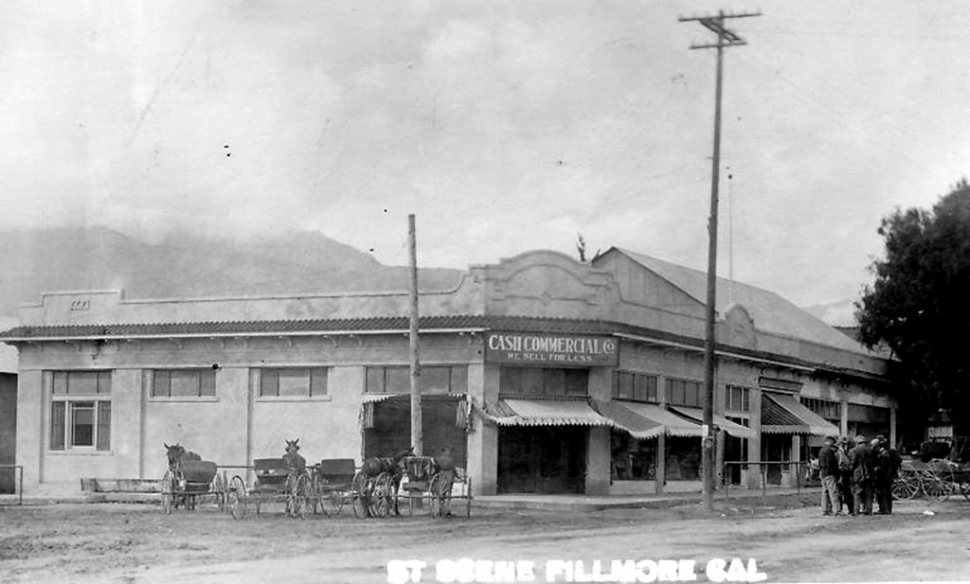 Cash Commercial circa 1915 on the northwest corner of Main Street and Central Avenue. Walter Cornelious and C.W. Harthorn bought the business from Richard Stephens in 1911. Photos courtesy Fillmore Historical Museum. By Gazette Staff Writers — Wednesday, March 9th, 2022
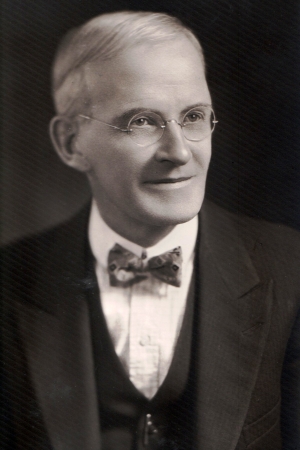 Judge Charles Whitney (C. W.) Harthorn. 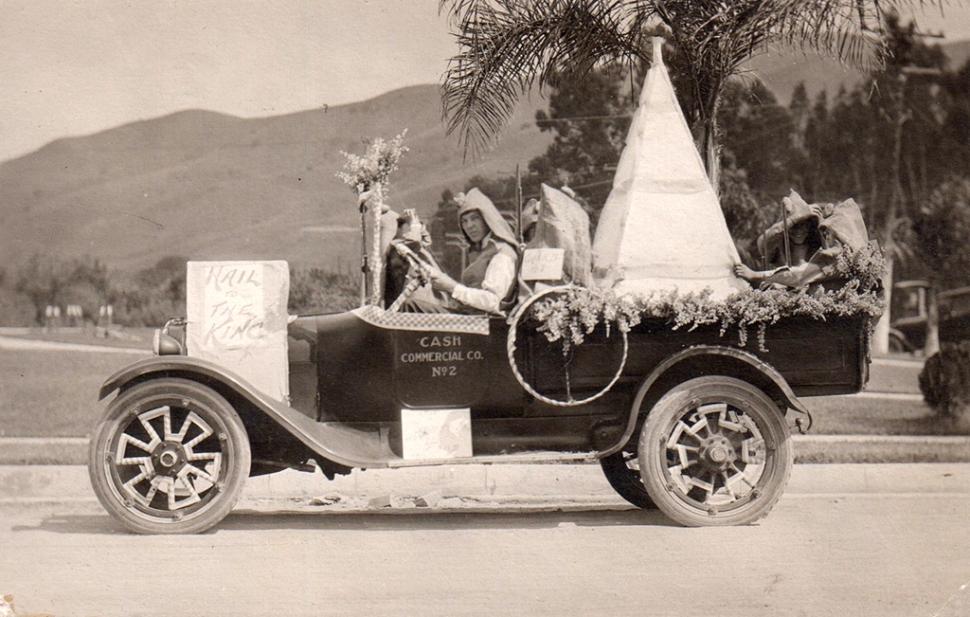 Leon Harthorn driving Harthorn's entry in a local parade circa 1930. 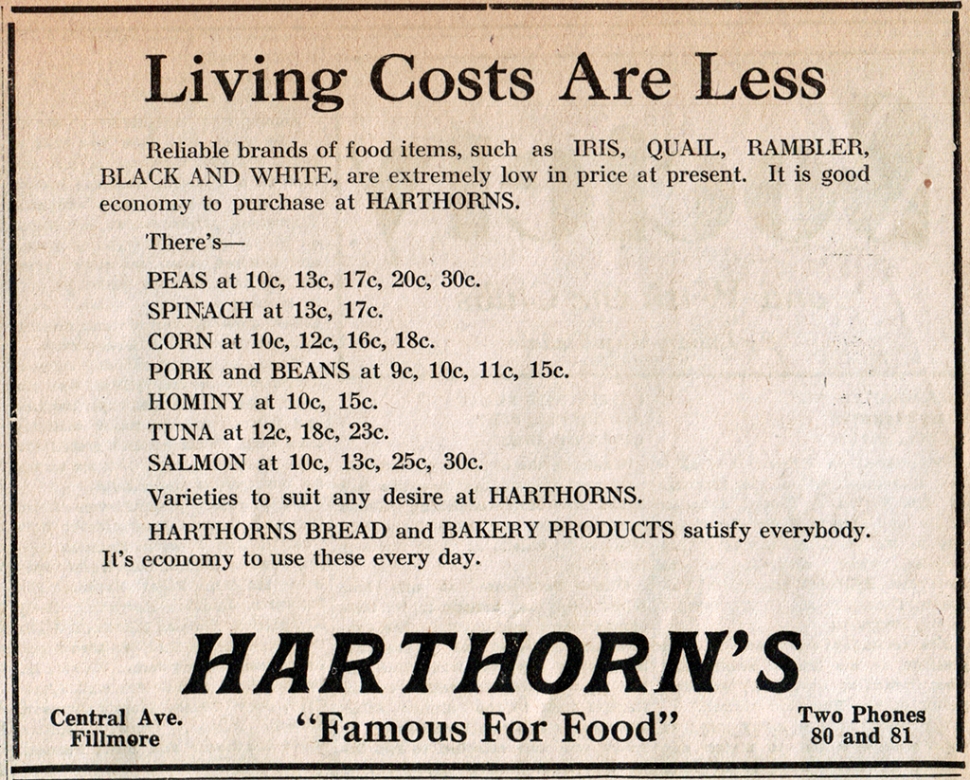 Harthorn's advertisement from January 1932. 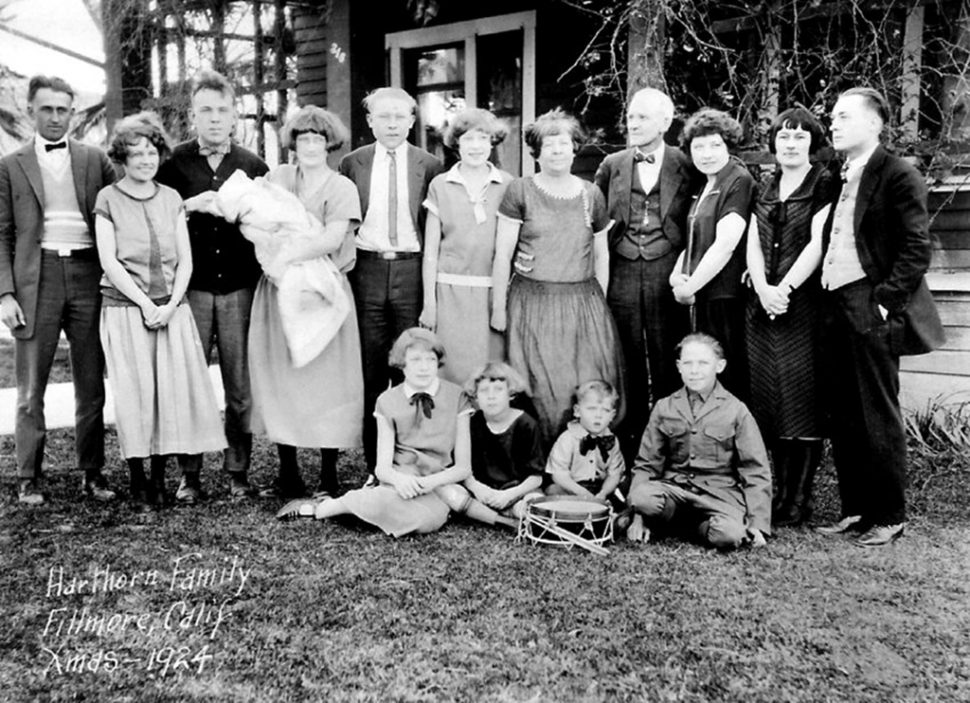 The Harthorn Family Christmas photo taken in 1924. Courtesy Fillmore Historical Museum The November 10, 1933 Fillmore Herald carried the story “Pioneer Store Closes Doors November 15.” The opening paragraph reads: “It is with considerable regret the Herald chronicles this week the retirement from active business of C. W. Harthorn, pioneer merchant, on November 15th.” It’s hard to imagine such concern today about a store’s closure, but this clearly marked the end of an era for Fillmore. C. W. (Charles Whitney) Harthorn was born in Thomaston, Maine in 1870 to a seafaring family. He went to sea at age 10 and rose through the ranks to become captain of his own clipper ship. His obituary noted that he was never in a “real shipwreck” in his 15 years at sea but did have near misses. As he described his career: “My seafaring life began in lime coasters plying between Thomaston, Rockland and New York and Boston. Later I was in the North Atlantic trade, deals from St. John and cotton from Norfolk to Liverpool, then came several deep-water trips. Liverpool to San Francisco and return, New York to San Francisco, back to Liverpool and around the Horn again; then lumber from Puget Sound to Australia and coal back to San Pedro. Finally, I drifted into the West Indies trade out of New York and Philadelphia with occasional South América and South Africa voyage. Failing health caused me to leave this trade and wander out to Honolulu, where I passed sometime in the inter-island boats. I returned to California in 1897 and have been in the southern part of the state ever since.” C. W. Harthorn did not always go to sea alone, on some voyages his wife, Lottie, accompanied him. It was not always smooth sailing, while in the West Indies, Lottie contracted yellow fever and almost died. Being a seaman’s wife could be perilous. Upon leaving the sea, Harthorn went to work as a conductor for the Los Angeles Railway which led to a job as superintendent of oil leases in Ventura County. He, his wife, Lottie, and their two oldest boys, Leon and Raymond, moved to Piru. Harthorn took charge of the Eureka Lease (under the Torrey Hill lease) and the Sunset and Ukiah leases in Hopper Canyon. As the family grew and the children became old enough for high school, the family moved to Fillmore and Harthorn joined with Walter Cornelius, who had managed the Fillmore branch of the Ventura County Co-operative Store, to purchase partnership in Richard Stephens’ store on the northwest corner of Main and Central. In 1911 they bought the business from Stephens' and renamed the business “Cash Commercial.” By 1913, Harthorn had bought out Cornelius. Stephens’ Store had been a general store carrying both dry goods and groceries, but Harthorn phased out the dry goods side of the business and focused on the grocery needs of his customers. In 1927, the business moved to a new location at 360 Central. According to the Herald, “The Harthorn Building is one of the most modern structures in Fillmore and was built at a cost of about $20,000 together with the 60-foot frontage it occupies. It was built especially for the type of business Mr. Harthorn has conducted, with ample space for the meat market of A. T. Coleman, well arranged bakery, balcony and office.” The business was renamed “Harthorn’s.” Eldest son, Leon, joined the business for a time but left to work for the Forest Service. Leon would go on to be Fillmore’s second City Manager, replacing Clarence Arrasmith in 1954. In 1928, the former Capt. C. W. Harthorn gained a new title – Justice of the Peace for Fillmore. He was not the first judge in the family line. An ancestor had presided over the Salem Witch Trials. A story is told of a teen-age boy coming before the Judge for setting off dynamite in the river bottom. Instead of sentencing the youth to jail or fining him, the Judge’s sentence was for the boy to write three papers on explosives. Judge Hawthorn’s comment to his family was, “I have to hurry up and read up, also, so I can know what he is writing about.” The boy eventually became an explosives expert for a major oil company. Court was held in the balcony area of the Harthorn Building even after it became Lindenfeld’s. C. W. Harthorn served Fillmore as Justice of the Peace until his death in 1945. He was survived by his wife, five daughters, four sons and sixteen grandchildren. |
